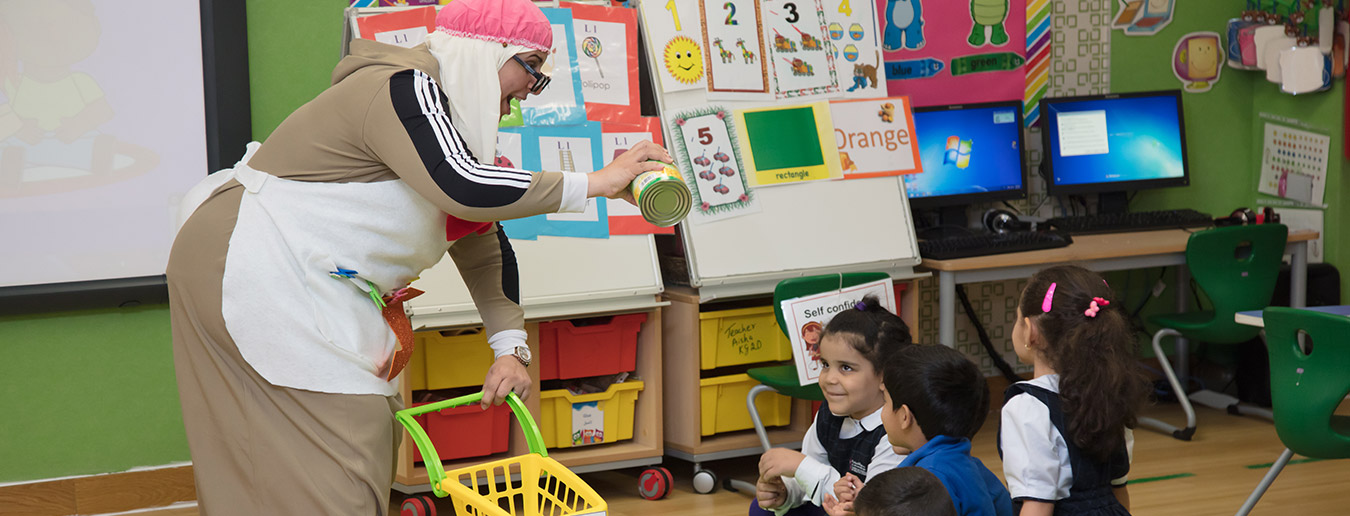
Blogs

METHODS OF TEACHING ARABIC TO KINDERGARTEN STUDENTS
Are you looking for effective ways to teach the Arabic language to your little ones?
It is a known fact that parents struggle with teaching the Arabic language to their children.
You can make a beginning somehow, but continuing the process while ensuring that your child doesn’t lose interest can be a daunting task.
Teaching Arabic to a child requires a combination of visual, auditory, and linguistic activities.
Myriads of games, programs, and activities help make the Arabic language process exciting and entertaining.
How do I make the Arabic language interesting for my kids?
Where do I start from?
How do I teach the Arabic alphabet to my kids?
These are the questions lingering at the back of your head.
In this blog, we have gathered the most effective methods of teaching the Arabic language to kindergarten students.
Without any further ado, let’s delve right into them!
Valuable Methods To Teach Arabic to Kindergarten Students
Introduce the letters
One of the first things you should do is make your kids familiar with the Arabic alphabet, and don’t just do that by writing the Arabic alphabet on a piece of plain paper.
Use Pictionary books where each alphabet is written in vibrant color with a picture attached.
This will instantly grab your little one’s attention and make them excited about the Arabic language learning process!
Arabic Alphabet Flash Cards
Flashcards of the Arabic alphabet and words with vibrant colors and visuals of daily life activities will attract the kids and encourage them to learn the alphabet and words faster.
Small tip – Do not introduce all flashcards in one go. Start with the five alphabets. Once your kids have learned these five words, move on to the next ones. It’s best to take baby steps and teach the Arabic language in small batches and intervals.
Arabic Alphabet Worksheets
Children can trace the Arabic letters given on the worksheets. This will improve their Arabic writing skills.
Challenging activities such as matching the Arabic letter with the relevant pictures and filling in the blanks are a great way to reinforce what they have learned so far.
During this activity, make sure to put a time constraint to encourage the kids to fasten their Arabic language learning process.
Writing letters with different objects
Some of the best methods to make students learn the Arabic alphabet are practicing the Arabic alphabet using different objects.
They can write letters on a flat surface or plain canvas using stones, chalks, or other objects. This will allow them to strengthen their learning and make the Arabic-learning journey less stressful and more fun!
Online word and alphabet games
Toddlers are obsessed with smartphones these days!
You’ll see children engaged on their phones, laptops, tabs, and TVs watching baby Youtube for hours no matter where you go!
You can turn this obsession of theirs into an excellent learning activity.
There are a plethora of applications that teach the Arabic language to toddlers. Do some research, download these applications, open them and let your little ones explore the Arabic language themselves.
Sit with them and supervise them just in case they face any issues.
Repetition Technique
One of the most crucial learning skills is the auditory memory which includes listening, processing, and storing the information.
In the repetition technique, the teacher says the letter aloud, and the students repeat after the teacher. The letter eventually gets coded into the student’s memory if the method is done at regular intervals.
This technique can also be used with songs and Arabic cartoons to stay on the minds of the children, along with the tone changes and melodies.
Interact With Your Kids In Arabic
Children are incredibly sharp and observant. Whenever they like a word or a sentence, they try to imitate it.
You can start by interacting with other family members in Arabic, especially in front of your kids.
This will familiarize them with the Arabic language and encourage them to start speaking Arabic.
A Little Advice for Parents
Kindergarteners are mischievous and non-serious with generally everything in their life. Also, the attention span of the children is very limited as well.
So, make sure you don’t give up easily.
You have to be punctual and consistent with the above methods, and you will see the difference within a month!
Teaching the Arabic language to kids in kindergarten is one of the most challenging things for parents, and this is just a start. No, we don’t mean to scare you. But pronunciation is the most challenging part of learning Arabic. The Arabic language comprises several sounds which aren’t found in other languages.
Practicing the above drills with your little ones will make the Arabic learning process fun and enjoyable and prepare them for more complex challenges such as pronunciation.


